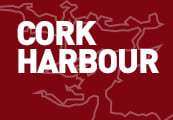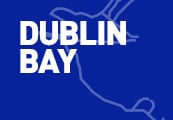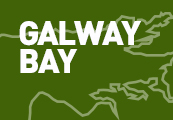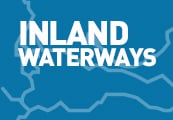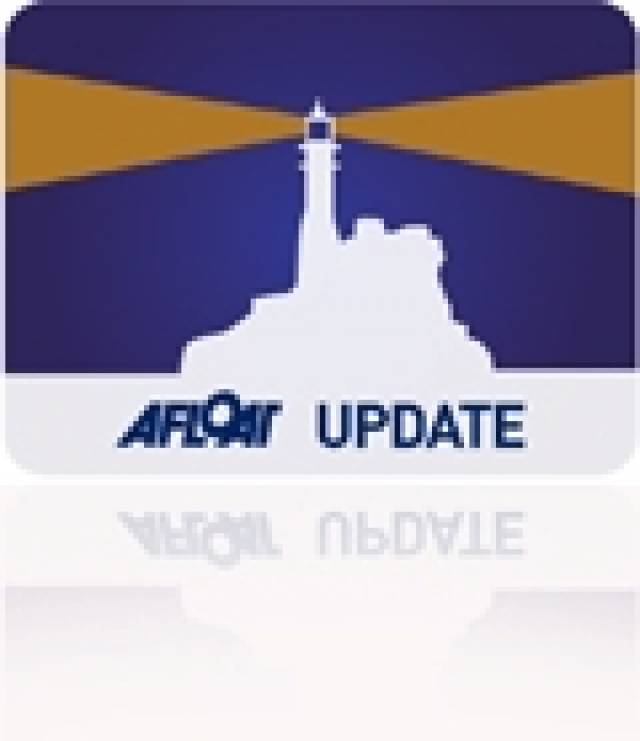#rorcrfr – In a Fastnet Race fleet of over 300 Dun Laoghaire's Irish Offshore Sailing School finished 66th overall and 15th in class 4 which had 72 yachts. The offshore school under principal Rónán Ó Siochrú won the Roger Justice trophy for the fastest sailing school yacht in the race.
The Dun Laoghaire marina based sailing school narrowly missed out on best Irish yacht in the race won by Michael Boyd's Quokka 8 in 58th overall and fastest Irish yacht.
The team consisted of six more or less novice sailors trained by Irish offshore sailing school over a number of weekends. The crew undertook the Dun Laoghaire to Dingle race as a qualifier for the Fastnet race.
The crew of the yacht pictured below were skipper Rónán Ó Siochrú aided by first mate Kristian Aderman and crew Louise Gray, David Mc Donnell, Rupert Barry, David Garforth, Symeon Charalabides and Sam Lamont.

Rónán Ó Siochrú adds: Many people aspire to take on the fastnet race. But with busy work commitments, and such few irish yachts undertaking the 600–mile race, for many people it remains a pipedream.
Irish offshore sailing put the logistics and the training together. We firstly meet a student for a coffee to assess their suitability for the team. Prior sailing experience is of little importance but a positive attitude, a desire to win and a considerate nature are key attributes to being accepted on the team.
The training is run over 5 weekends and is extremely intensive. "For me as a skipper its very much like being the director of a play", if one person is out of position on a spinnaker hoist, we shout cut, everyone freezes and we iron out the problem before resuming.
We have a unique advantage over club boats in that we spend a lit of time training. The training is very structured and most importantly, there is only one voice onboard directing the manouevres. Each person has their own job. Each student is given lists to memorise on their roll in a particular manouver, they memorise the order in which they pull each rope and this, while academic to a certain degree greatly speeds up the practical learning process.
Another secret is the use of a hollow or "phantom" spinnaker. We tie the yacht to the pontoon in the marina with the stern into the wind. This allows us to co-ordinate more complex manouvers such as the gybing of the kite, without the stress of actually having a kite up. It allows us to similate gybing a kite over 100 times in one day.
Our bowman had never seen a real kite on a yacht before we hoisted it. He then executed a perfect end to end gybe. He then carried out another 35 gybes that same afternoon.
The main focus on the training, is race tacking, spinnaker hoists, emergency drops, headsail peels and fast efficient reefing of the mainsail along with spinnaker gybes.
All in all, it is an ultra methodical combination between academic memorising of lists and intensive practical repetition that has allowed our relatively novice crews not only to keep up with but to outsail many seasoned club racing crews on this year's Fastnet race, and we were incredibly proud of their performance in this year's race.


